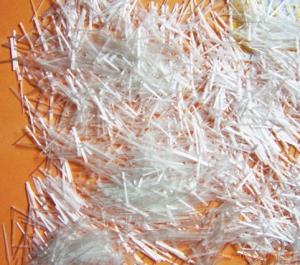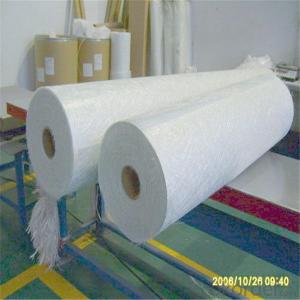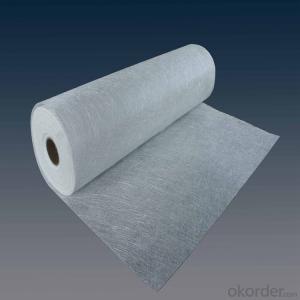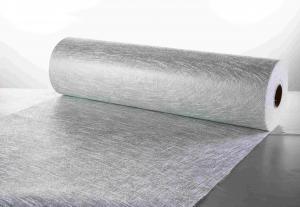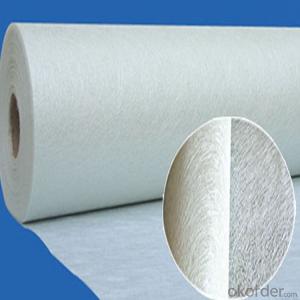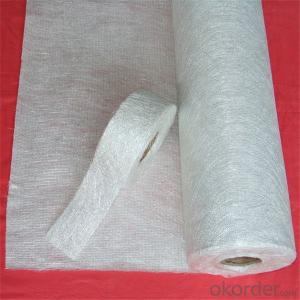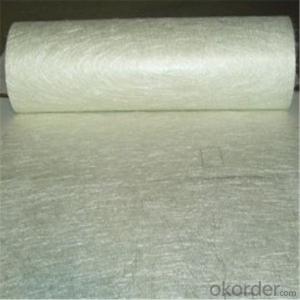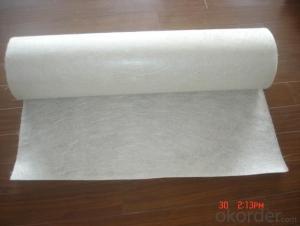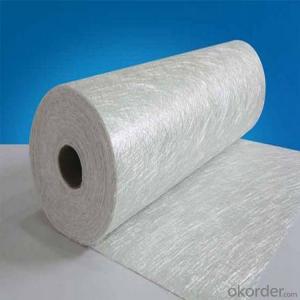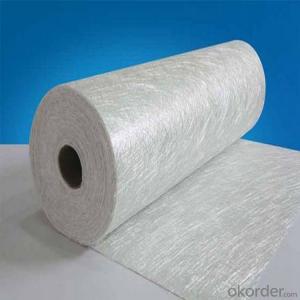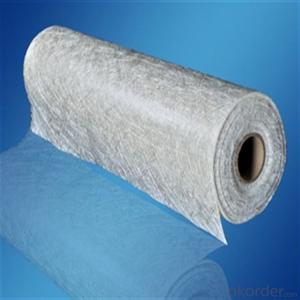All Categories
- - Steel Wire Rod
- - Steel Coils
- - Steel Profiles
- - Steel Pipes
- - Stainless Steel
- - Tinplate
- - Special Steel
- - Steel Sheets
- - Steel Rebars
- - Steel Strips
- - Hot Rolled Steel
- - Cold Rolled Steel
- - Pre-painted Steel
- - Seamless Steel Pipe
- - Welded Steel Pipe
- - Hollow Steel Tubes
- - Galvanized Pipe
- - Stainless Steel Coil
- - Stainless Steel Sheet
- - Stainless Steel Plate
- - Stainless Steel Strips
- - Electrolytic Tinplate Coil
- - Electrolytic Tinplate Sheet
- - Stainless Steel Rebars
- - Solar Panels
- - Solar Water Heater
- - Solar Related Products
- - Solar Inverter
- - Solar Cells
- - Solar Light
- - Solar Energy Systems
- - Solar Controllers
- - Solar Mounting System
- - Solar Pump
- - Solar Chargers
- - Fiberglass Chopped Strand
- - Fiberglass Mesh Cloth
- - Composite Pipes
- - FRP Pultrusion Profiles
- - Fiberglass Mat Tissue
- - Fiberglass Fabrics
- - Fiberglass Mesh
- - Composite Tank
- - Fiberglass Mesh tape
- - Polymer
- - FRP Roofing Panel
- - Fiberglass Roving
- - Monolithic Refractories
- - Ceramic Fiber Products
- - Refractory Bricks
- - Raw Materials For Refractory
- - Suspended Platform
- - Cranes
- - Concrete Machinery
- - Earthmoving Machinery
- - Building Hoist
- - Road Building Machinery
- - Plastic Pipe Fittings
- - Plastic Tubes
- - Plastic Sheets
- - Agricultural Plastic Products
- - Plastic Nets
 All Categories
All Categories
Q & A
What are the storage and handling considerations for fiberglass chopped strand?
When it comes to storage and handling considerations for fiberglass chopped strand, there are a few key factors to keep in mind. First, it is important to store the material in a dry and well-ventilated area to prevent moisture absorption, as this can negatively impact its performance. Additionally, it should be kept away from direct sunlight and extreme temperatures, as these can also affect the quality of the material. When handling fiberglass chopped strand, it is recommended to wear appropriate protective gear, such as gloves and goggles, to avoid any potential skin irritation or eye damage. Lastly, it is crucial to handle the material with care to prevent any breakage or damage, as this can impact its structural integrity and overall effectiveness.
How does the curing process affect the performance of fiberglass chopped strand composites?
The curing process plays a crucial role in enhancing the performance of fiberglass chopped strand composites. During curing, the resin matrix undergoes a chemical reaction, transforming from a liquid state to a solid state. This solidification process helps to bind the chopped strands together, improving the structural integrity of the composite material. Additionally, curing ensures that the resin fully infiltrates the fibers, leading to better adhesion and increased strength. It also reduces the likelihood of voids or gaps within the composite, which can weaken the material. Overall, the curing process greatly influences the performance of fiberglass chopped strand composites by enhancing their mechanical properties, durability, and resistance to various environmental factors.
What are the environmental considerations associated with fiberglass chopped strand production?
There are several environmental considerations associated with fiberglass chopped strand production. Firstly, the manufacturing process of fiberglass involves the use of chemicals and high energy consumption, which can contribute to air and water pollution. Additionally, the production of fiberglass requires the extraction of raw materials, such as silica sand and limestone, which can have negative impacts on ecosystems and landscapes. Lastly, the disposal of waste materials and the potential for emissions from fiberglass production facilities also pose environmental challenges. Therefore, it is important to implement sustainable practices and technologies to minimize the environmental impact of fiberglass chopped strand production.
Can fiberglass chopped strand be used in construction applications?
Yes, fiberglass chopped strand can be used in construction applications. It is commonly used as reinforcement material in concrete, plaster, and other construction materials to enhance their strength and durability.
Wholesale Fiberglass Chopped Strand from supplier in Samoa
We are a Fiberglass Chopped Strand supplier serving the Samoa, mainly engaged in the sale, quotation, and technical support services of various Fiberglass Chopped Strand products in the Samoa region. We are a subsidiary platform of the Fortune Global 500 company CNBM, able to provide you with one-stop Fiberglass Chopped Strand procurement services in the Samoa. Not only do we have a wide range of Fiberglass Chopped Strand products, but after years of market development in the Samoa, we can also provide valuable experience for your projects.
Hot Search
- Fiberglass Chopped Strand in Tajikistan
- Fiberglass Mesh Cloth in Venezuela
- Composite Pipes in Bulgaria
- FRP Pultrusion Profiles in Zambia
- Fiberglass Mat Tissue in Thailand
- Fiberglass Fabrics in Djibouti
- Fiberglass Mesh in Argentina
- Composite Tank in Angola
- Fiberglass Mesh tape in France
- Polymer in Japan
